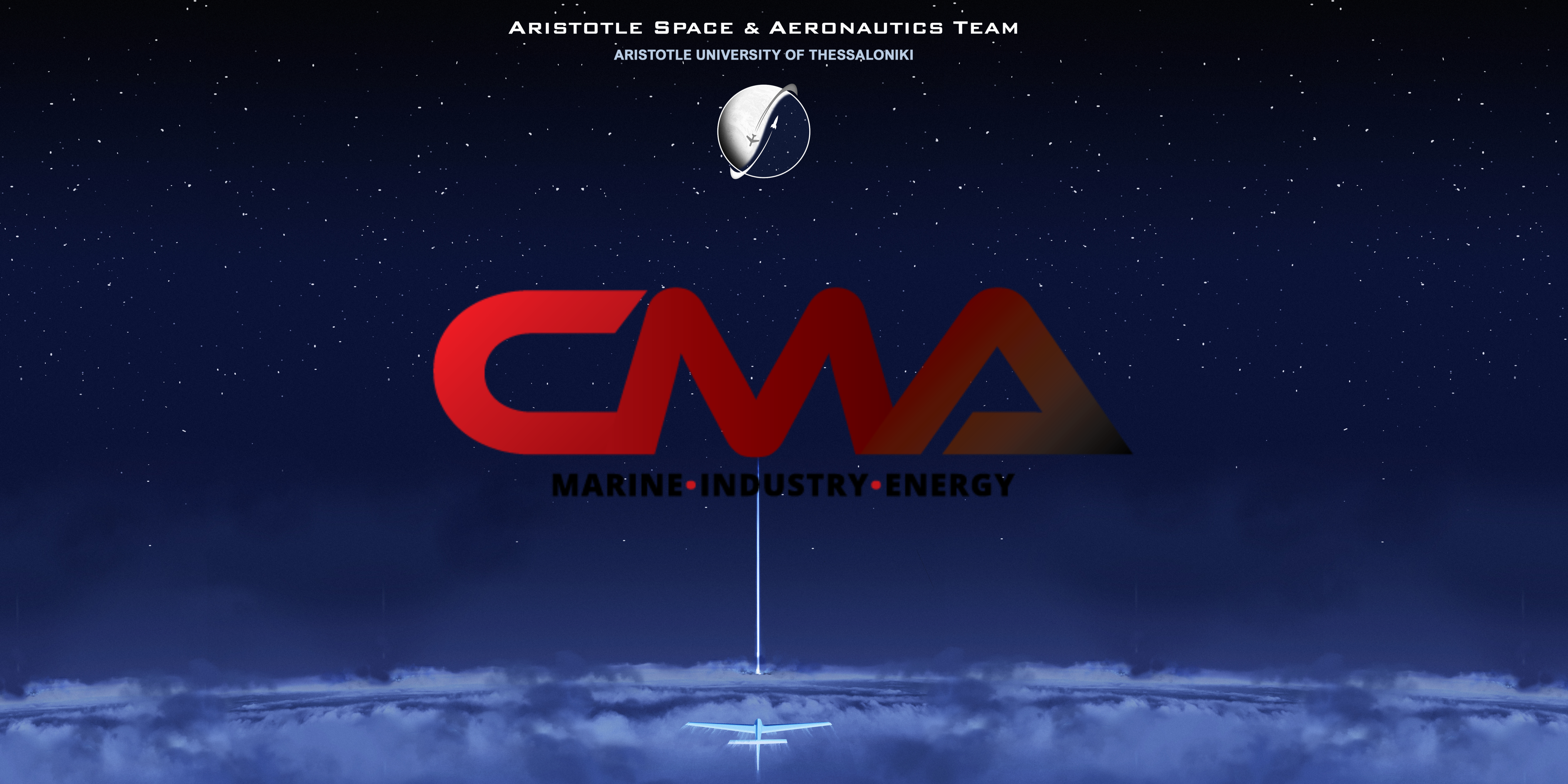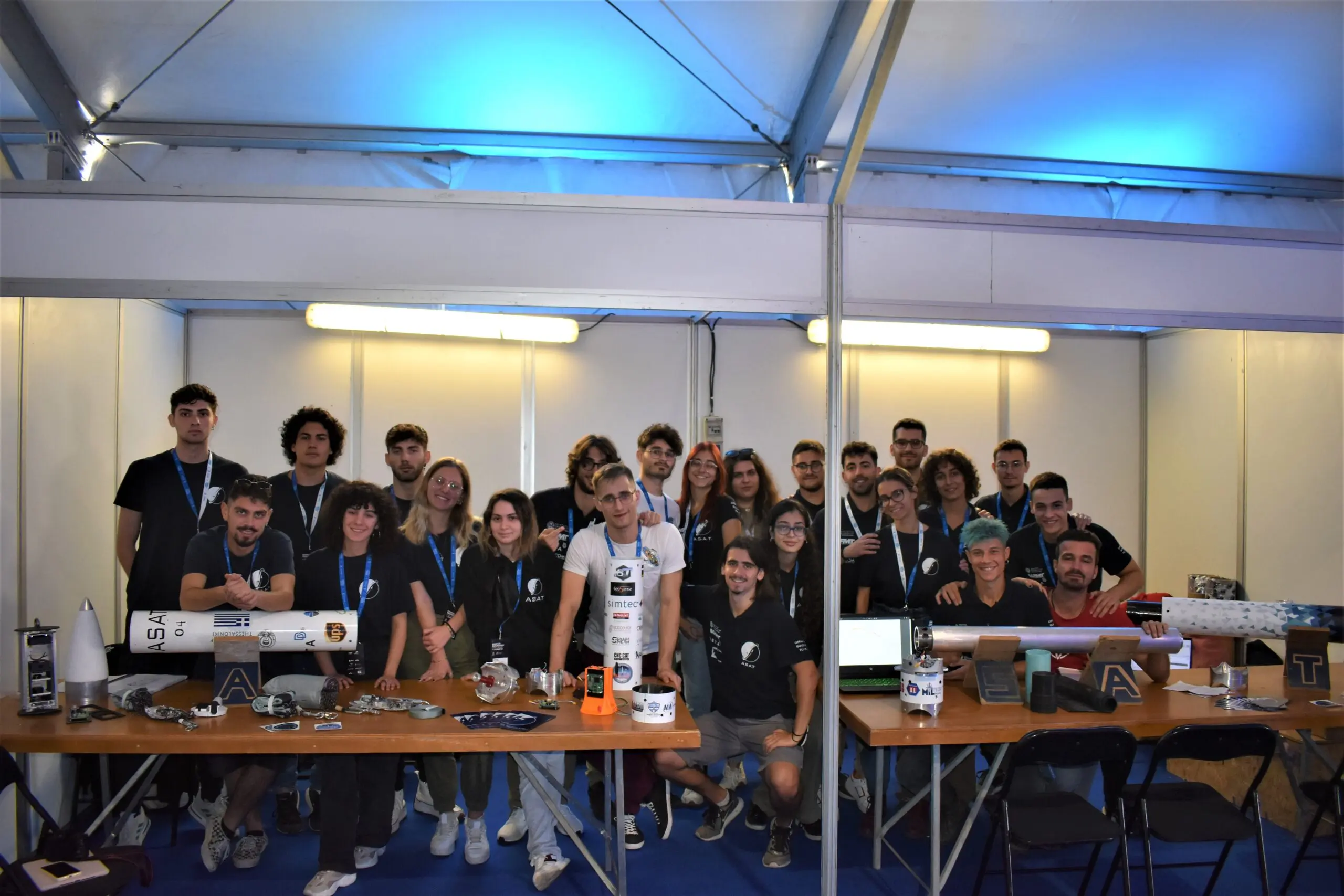Defining the term UAV becomes difficult when taking into consideration the various shapes and purposes of each Unmanned Aerial Vehicle. It usually is the main component of a so called UAS, Unmanned Aircraft System, including a ground-based controller and a system of communications between the two.
UAVs come in various design types that depend on either if they are remotely controlled by a human operator or autonomous, piloted by software-controlled flight plans in their embedded systems, working in conjunction with onboard sensors and GPS.
The idea of creating an Unmanned Aerial Vehicle is not really that fresh in the industry. To be accurate, the earliest attempt for a powered UAV was A. M. Low’s “Aerial Target” in 1916 during the World War I. Two years later the first pilotless radio-controlled aircraft were used in World War I. In 1918, the U.S. Army developed the experimental Kettering Bug, an unmanned “flying bomb” aircraft, which was never used in combat. Since then, UAVs have continued to be a mainstay in the military, playing critical roles in many operations.
The use of drones outside the military has grown tremendously over the past decade. Government agencies occasionally use drones for safety reasons, such as monitoring storms and hurricanes without putting pilots at risk. Also, UAVs communicating with on-ground IoT sensor networks can help agricultural companies monitor land and crops. Energy companies survey power lines and operational equipment and certain companies are considering using drones for delivering goods.

The mission of our team is the development of UAVs capable of delivering the mission requirements. At the moment, our team has already manufactured an award-winning aircraft, capable of carrying 7 kilos of payload while its own weight is about 3kg. Our team ASAT, representing the Aristotle University of Thessaloniki, landed the 12th position on the overall classification of 36 teams from around the world, in the Air Cargo Challenge 2017 competition at Zagreb, Croatia.

Astraea in Air Cargo Challenge 2024
In 2024, for the 4th time our team had the opportunity to participate in the Air Cargo Challenge that took place in Aachen, Germany. ACC



